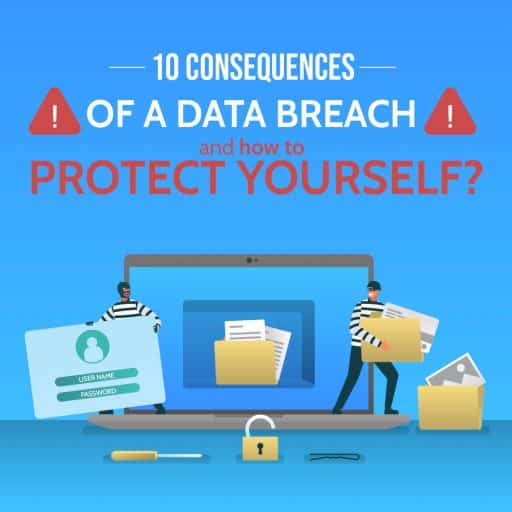What to do if you have been scammed online?
Have you or someone that you know been scammed online? Has your personal information been compromised, bank accounts tampered with, or credit card numbers stolen?
If so, know that the situation is not hopeless; there are steps you can take to protect yourself and minimize any potential damage. In this blog post, we will discuss the knowledge and resources available to those who have had a run-in with these internet fraudsters and provide some insight into what steps should be taken if/when a scam occurs.
How to Track Down Someone Who Scammed You:
The feeling of being conned out of your hard-earned money can be incredibly frustrating and demoralizing. One effective approach is tracking down the scammer and trying to gain control. Here are some tips on how to track down your scammer:
First things first, gather all the evidence you have related to the scam, including any transaction records or communication with the scammer. If you sent them any money, do not fret; you might be able to get some of it back depending on how you sent it. If you used third-party carriers such as PayPal or CashApp, report the crime, and they can help you recover your funds. Unfortunately, if you sent gift cards or Bitcoin, it could be a little harder to recover.
Next, do some digging on the platform where you encountered the scammer. Social media platforms like Snapchat, Instagram, and Facebook can provide useful information. For instance, you might be able to locate the scammer’s actual location on Snapchat by checking the Snapchat map. Additionally, scammers’ genuine accounts might follow these fake accounts, so watch for any clues.
Another useful technique is to conduct a reverse image search on any photos the scammer has used or sent you. Scammers often use fake information across multiple platforms, and a reverse image search could uncover their other accounts.
Finally, be sure to check any phone numbers associated with the scammer. Often, they will use country codes from places like Nigeria, Morocco, or the Philippines, which could provide clues to their location. Many large-scale fraudulent organizations have established their presence in these regions.
How to Stop Online Scammers?
Online scams have become a widespread phenomenon and are often hard to trace back to the perpetrators. That is where Digital Forensics comes in and why having a team of Cyber Investigators on your side is crucial. Armed with cutting-edge technology and an eagle eye for detail, they specialize in recovering, preserving, and analyzing data from electronic devices.
By carefully analyzing data trails, they can detect crucial pieces of information and trace the source of the dating scam back to its origin. With their help, it is possible to bring those responsible to justice and
prevent future online scams from happening. Trust us, with Digital Forensics driving the investigation, online scammers do not stand a chance.
Summary:
Do not be discouraged if you have been scammed online – it happens. Following the tips in this blog post can minimize your risk and get back on track if (or when) it happens. Remember to file a complaint with the Federal Trade Commission and the Internet Crime Complaint Center; contact your credit card company and report the fraud; use online monitoring services to catch changes to accounts before they get out of hand; and practice safe browsing practices by avoiding suspicious websites or emails.
Staying informed, reading updated information about cybercrime, and understanding how technology works are key to avoiding malicious intent. Though no one can guarantee absolute safety on the web, staying aware of online threats and being proactive when it comes to safety is the best way to protect yourself against scams.






